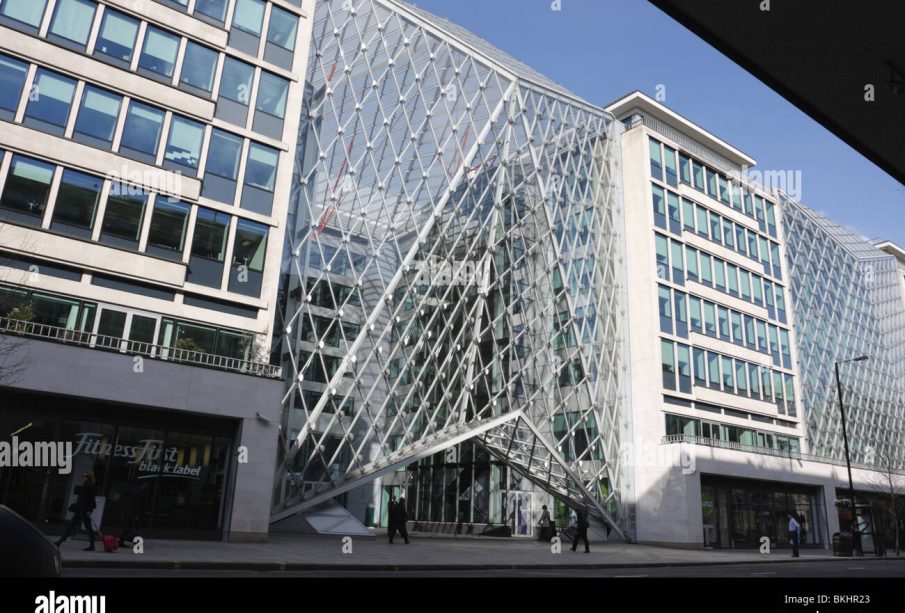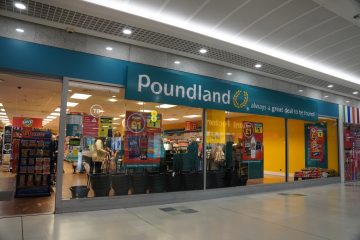Marks and Spencer: Adapting to Modern Retail Dynamics

Introduction
Marks and Spencer (M&S) has been a staple of British retail for over a century, known for its quality clothing, food products, and home goods. The importance of M&S extends beyond its role in the UK economy; it is a cultural icon, representing British retail values and consumer habits. As the retail landscape undergoes significant transformation due to changing consumer behaviours and economic pressures, M&S finds itself at a crucial junction, striving to innovate while maintaining its heritage.
Current Developments
In recent months, M&S has made headlines by unveiling its new sustainability strategy aimed at reducing its carbon footprint and reliance on plastic packaging. As part of this initiative, M&S is committed to offering more plant-based food options, reflecting a broader trend in the retail industry towards healthier and more sustainable products. The company has already reported a rise in the sales of its ‘Plant Kitchen’ range, indicating a strong consumer demand for vegan and vegetarian choices.
Additionally, M&S has been working on modernising its clothing lines in response to market research suggesting that consumers, particularly younger shoppers, are gravitating towards casualwear and athleisure. The launch of affordable and stylish loungewear collections has been met with a positive response, helping to attract a new demographic.
Challenges Facing Marks and Spencer
Despite these innovations, M&S continues to face several challenges. The company has struggled to attract younger consumers in the highly competitive fashion market, where fast-fashion brands dominate. Furthermore, inflationary pressures caused by the ongoing economic climate have led to increased costs that M&S must navigate cautiously to remain price competitive without compromising quality.
Moreover, the impact of Brexit on supply chains has added complexity to M&S’s operations, particularly in food logistics. The company has been proactive in seeking solutions, including establishing new partnerships with suppliers both within and outside the UK.
Conclusion
As Marks and Spencer moves forward, the brand’s ability to adapt and innovate will be pivotal in securing its long-term success in a volatile retail environment. The ongoing commitment to sustainability and modern customer preferences positions M&S well, though the company must remain vigilant against the challenges ahead. With its rich heritage and responsive strategies, Marks and Spencer is likely to continue to be a significant player in the retail market, adapting to meet both consumer demands and economic realities.








